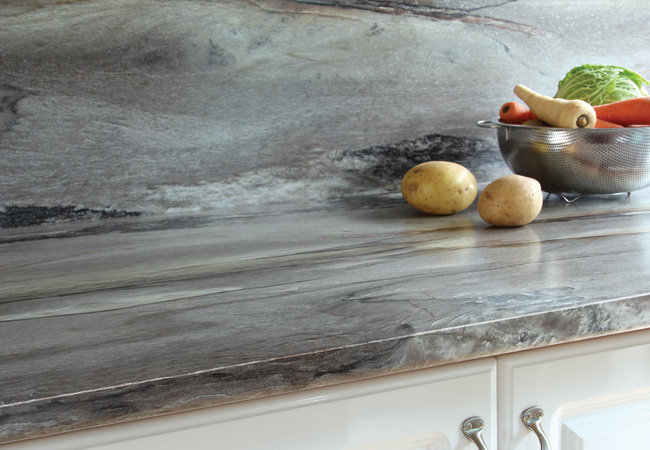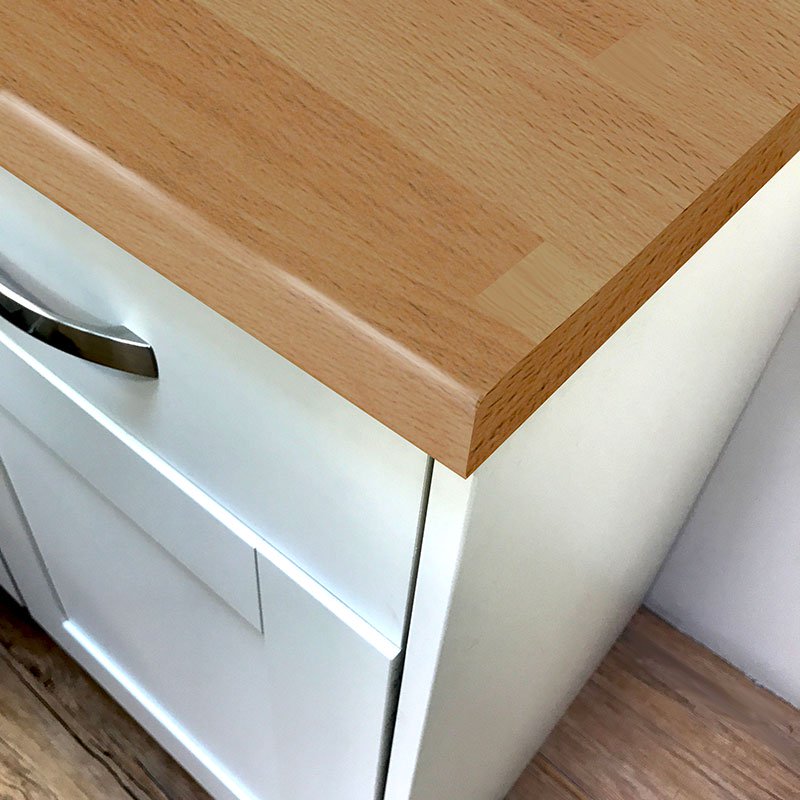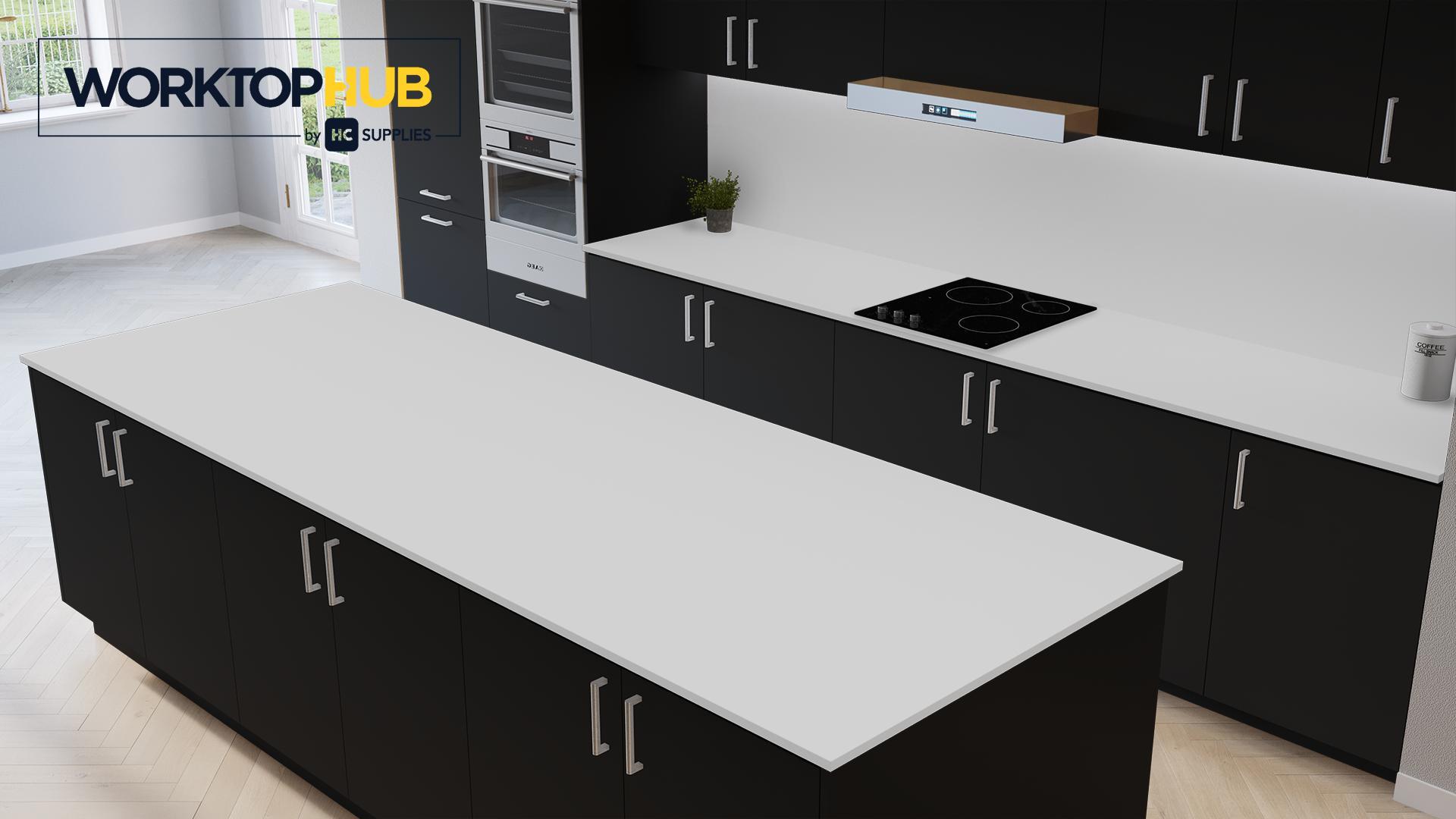As the old saying goes, if you can’t stand the heat, get out of the kitchen. But what if your kitchen is a far cry from the warm and inviting space you desire?
With those chilly days and cold, dark evenings drawing in, we all look for a bit of comfort in our homes. Whilst kitchen lighting can be adapted to improve the general ambience, it is heating that can really make or break a kitchen.
Back in the old days, Victorian kitchens would often be heated by a single range cooker, which was kept lit by a scullery maid, providing heat, not just for cooking food, but for the rest of the house, as the warmth rose up from the basement and gently heated the rest of the property.
Of course, these days, most houses tend to have a central heating system, where we can control the heat at the flick of a switch and crank the temperature up at the push of a button or with a simple twist of a knob.
The kitchen can prove a particularly tricky place to heat, due to its layout. With fitted kitchens, units and kitchen worktops tend to take up most of the wall space, leaving very little room to actually fit a radiator.
However, help is at hand. Here are 3 heartwarming and slightly alternative ways to introduce kitchen heating to your home.
Vertical radiator
If wallspace really is at a premium in your kitchen, instead of extending outwards, why not extend upwards with a vertical radiator?
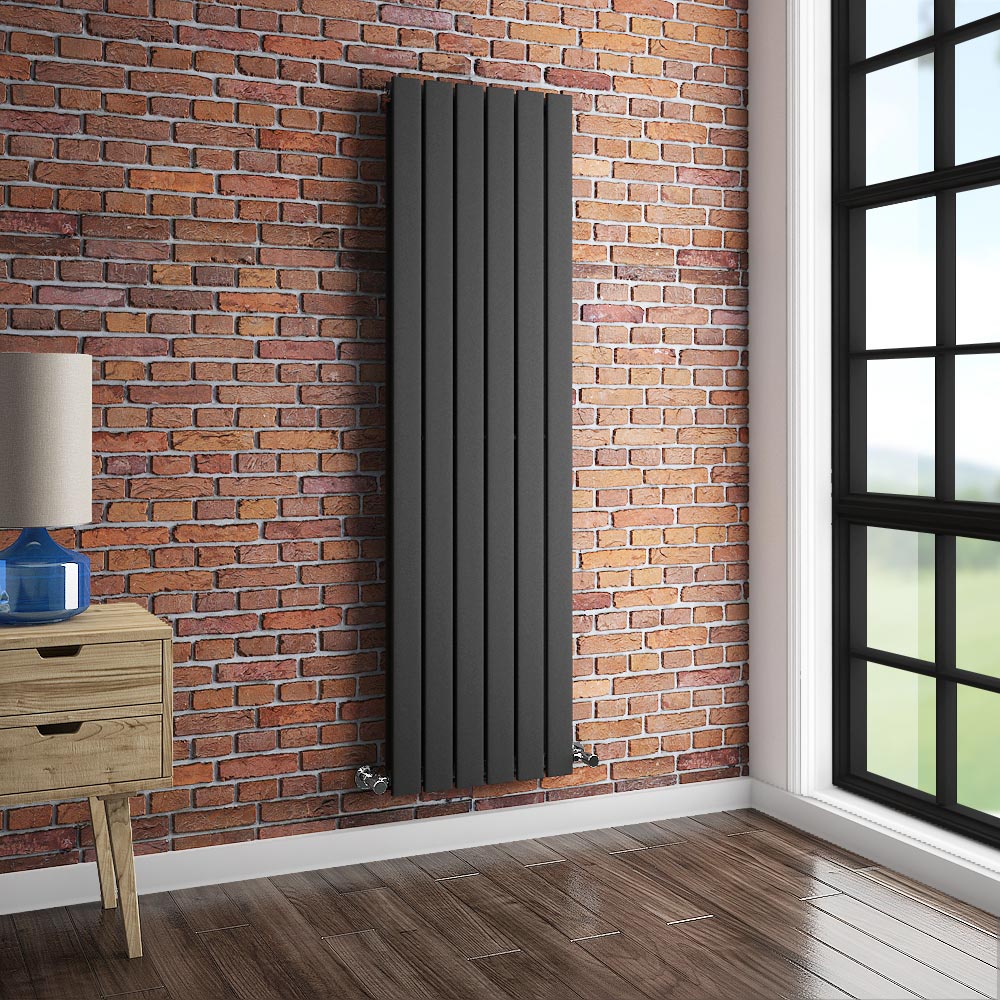
There are loads of designs to choose from, so you don’t need to limit yourself to the mundane, common-or-garden white variety. Instead, why not look for colours and finishes that complement your work surfaces, such as anthracite or even copper? Kitchen heating like this will help give your interiors a real contemporary appearance.
Aluminium is fast becoming the material of choice when it comes to radiators and kitchen heating. It is fully recyclable, so you can certainly feel like you’re doing your bit for the environment, plus it’s very heat-efficient, as it warms up quickly and maintains a constant temperature.
Calculate your BTU
Before you choose your new radiator, you’ll need to work out what BTU output you’ll need. If you didn’t know, BTU stands for British Thermal Unit, and is an effective measure of power for your heating. Getting your BTU output right is crucial. If you buy a radiator that isn’t powerful enough, your room will continue to feel chilly. Buy one that is too powerful and you’ll literally be burning money in the form of excessive energy bills.
There are plenty of BTU calculators to be found online, but here’s a quick and easy way to work out your BTU for kitchen heating:
If you have double-glazed windows:
Length of your kitchen (m) x width of your kitchen (m) x height of your kitchen (m) x 81
If you have double-glazed windows and an external door:
Length of your kitchen (m) x width of your kitchen (m) x height of your kitchen (m) x 99
This will give you a great idea of the number of radiators you’ll need, along with their BTU output.
For example, if your kitchen is 4.5 m long x 2.5 m wide x 2.5 m high, with double-glazed windows, you’ll need a radiator with a BTU output of around 2278 (or split into 2 radiators of around 1139).
Of course, with any quick and easy way of calculating anything, it doesn’t take odd-shaped layouts, number of windows and doors or other factors into account, so it’s best to check more accurately before you buy.
Underfloor heating
Underfloor heating has been around for a while, but it is a popular choice in areas of the home where traditional radiators might be difficult to site.
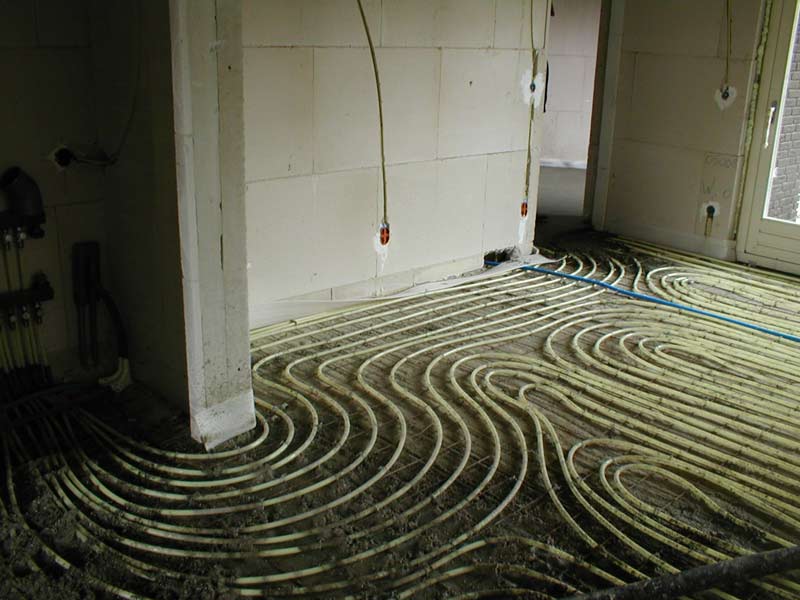
On the upside, it provides a discreet and subtle way of heating your kitchen, with flexible, heated pipes placed in the most efficient of spaces for an even temperature. It’ll also save your tootsies from getting cold when creeping downstairs for the baby’s bottle, or for that late night snack!
On the downside, underfloor heating can be expensive and quite tricky to install, and requires specialist fitters. It may also take longer than conventional radiators to warm your room up.
Base unit heaters
Fitting neatly beneath your kitchen units, base unit heaters are a great way of adding warmth when wall space is hard to come by. They can be used in addition to radiators, or on their own, to heat your whole kitchen and are powered by a discreet vent at floor level. Another bonus for chilly feet!
It’s a very flexible option when it comes to kitchen heating, as you can buy a model that is connected to your central heating, or choose a standalone design, that works independently. This gives you the option to heat your kitchen, even during the summer months, when your central heating is switched off. Whilst it is claimed that this type of heating can warm a kitchen quicker than other methods, it can also be more expensive to set up and less efficient than, say, a radiator.
However you heat your home, you can certainly keep it looking warm and inviting, with the range of stylish kitchen worktops direct from Worktop Hub.



